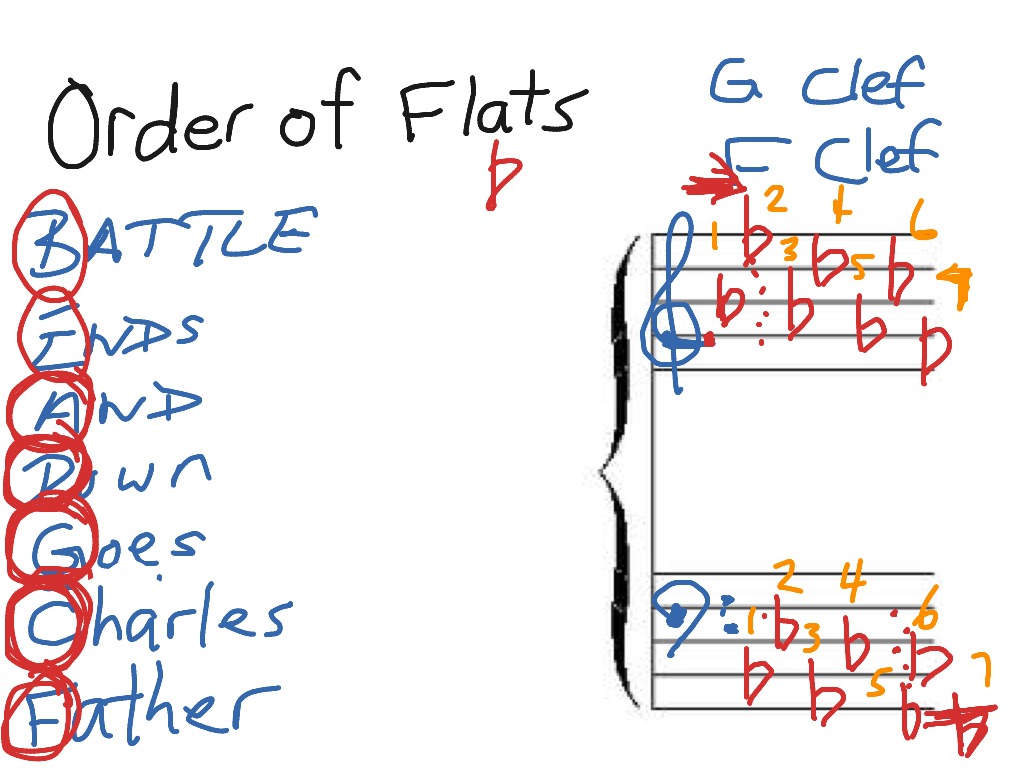

We may known by heart that the key of E major has 4 accidentals, but how fast do we remember the order (F#, C#, G#, D#) while we are reading at first sight? Sometimes a quick look at the accidental on the staff line helps us to remember, it's helpful to have those accidental cues. Why? I think the 2nd reason justifies it.Ģnd: When we are reading a score, it's sometimes helpful to check the accidentals at the beginning of the stave row. Musicians could have chosen to use the Boethian notation instead accidentals at the start of the piece, as you suggest, but they didn't. The Boethian notation (alphabet notes A, B, C, D.) was developed as early as the 6th century, but key signature as we known today was developed in the 16th century. I believe it's not simplified for some reasons:ġst: Music notation is an orthodox practice which has kept its standardization globally for common understanding. Why did we never decide to use symbols instead of listing accidentals, e.g just write "4♭" instead of actually writing the four flats? My question is: why was the key signature notation never simplified?. Yet, it seems to me that unconventional key signatures are hardly used (I've never come across one personally) so a key signature of four sharps will always be the same set of four notes, to the point that all musicians have to memorize the "order of sharps" and the "order of flats".

Now, I can imagine that back in those days, it would have been very cumbersome for a composer to have to write four or more accidentals with a quill and ink on every row of the staff. I understand that the key signature indicates what are the exact notes represented on the staff lines and spaces and thus tells us the diatonic scale in which the music is composed, which in turns gives us a clue about which key the music is composed in.Į.g a key signature with two sharps tells me that the music will probably mainly use the notes of the D major scale (D E F♯ G A B C♯) so the music will probably be in the key of D or one of its related modes.


 0 kommentar(er)
0 kommentar(er)
